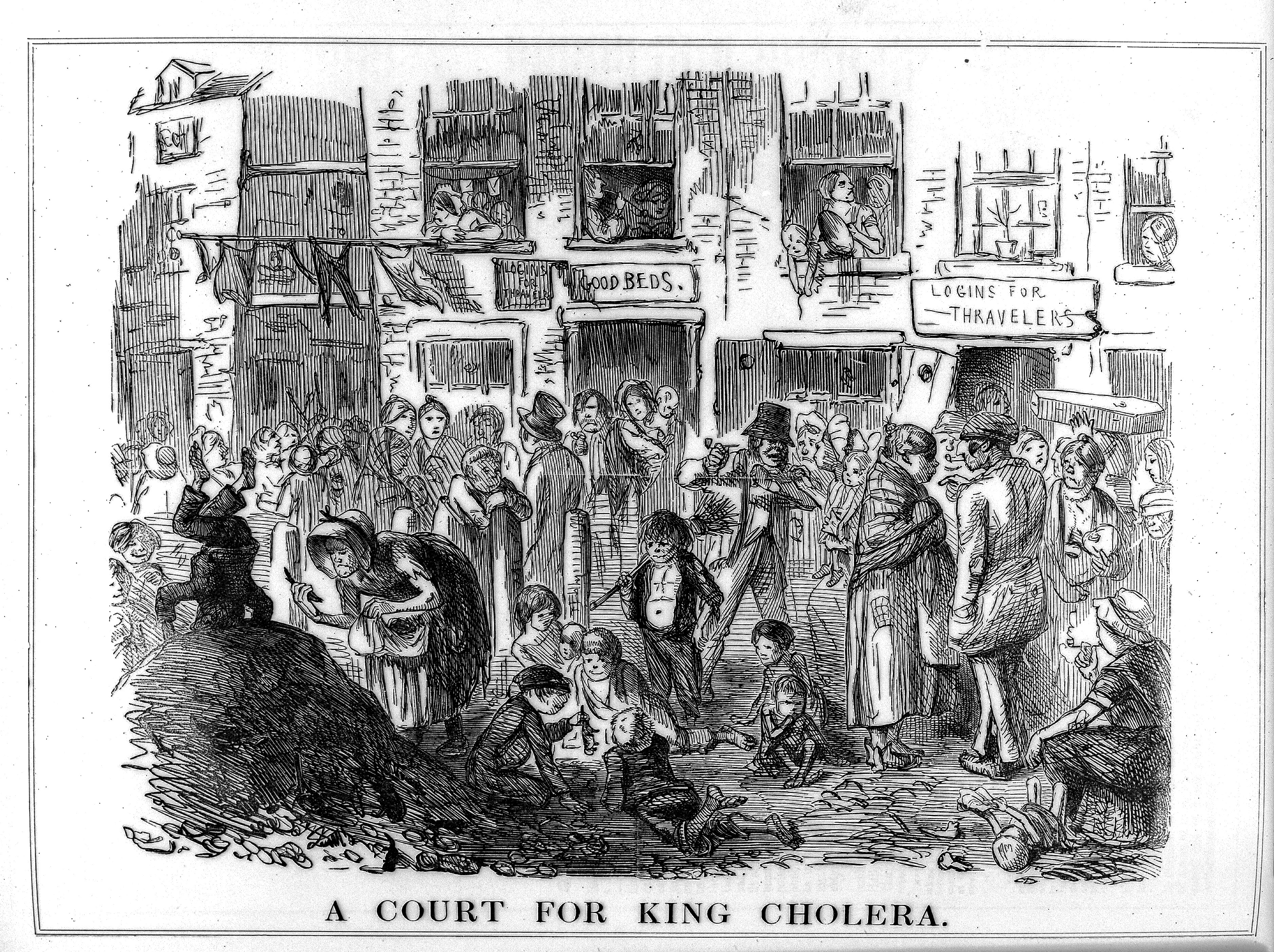Sanitary Movement on:
[Wikipedia]
[Google]
[Amazon]
 The sanitary movement of urban planning began in the United Kingdom in 1838, with the Central Poor Law Commission's findings on the "physical causes of fever in the Metropolis which might be prevented by proper sanitary measures". Basing its sanitation beliefs on
The sanitary movement of urban planning began in the United Kingdom in 1838, with the Central Poor Law Commission's findings on the "physical causes of fever in the Metropolis which might be prevented by proper sanitary measures". Basing its sanitation beliefs on
 The sanitary movement of urban planning began in the United Kingdom in 1838, with the Central Poor Law Commission's findings on the "physical causes of fever in the Metropolis which might be prevented by proper sanitary measures". Basing its sanitation beliefs on
The sanitary movement of urban planning began in the United Kingdom in 1838, with the Central Poor Law Commission's findings on the "physical causes of fever in the Metropolis which might be prevented by proper sanitary measures". Basing its sanitation beliefs on miasma theory
The miasma theory (also called the miasmatic theory) is an obsolete medical theory that held that diseases—such as cholera, chlamydia, or the Black Death—were caused by a ''miasma'' (, Ancient Greek for 'pollution'), a noxious form of "bad ...
(as opposed to germ theory
The germ theory of disease is the currently accepted scientific theory for many diseases. It states that microorganisms known as pathogens or "germs" can lead to disease. These small organisms, too small to be seen without magnification, invade ...
), its agenda was based on the construction of sewage systems
Sewerage (or sewage system) is the infrastructure that conveys sewage or surface runoff ( stormwater, meltwater, rainwater) using sewers. It encompasses components such as receiving drains, manholes, pumping stations, storm overflows, and sc ...
, street-paving, and the provision of clean water. The movement spread to the United States in the 1840s, reaching its peak in 1880 before declining in the 1890s. Edwin Chadwick
Sir Edwin Chadwick KCB (24 January 18006 July 1890) was an English social reformer who is noted for his leadership in reforming the Poor Laws in England and instituting major reforms in urban sanitation and public health. A disciple of Uti ...
played a major part in inspiring the movement.
While the sanitary movement never theorized about the model city or urban design, as it was only interested in cities due to their environmental importance for disease, the movement did nevertheless spur a 'townsite consciousness' about certain general principles that cities should follow. These included an open and green setting without crowding or congestion, with access to clean air, water, and exercise opportunities, as well as not having dark and unventilated buildings or polluting industries in built-up areas.
See also
* History of urban planning * Sanitation * History of water supply and sanitation *History of public health
Public health is "the science and art of preventing disease, prolonging life and promoting health through the organized efforts and informed choices of society, organizations, public and private, communities and individuals". Analyzing the det ...
References
Urban planning {{Planning-stub